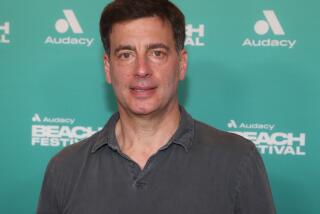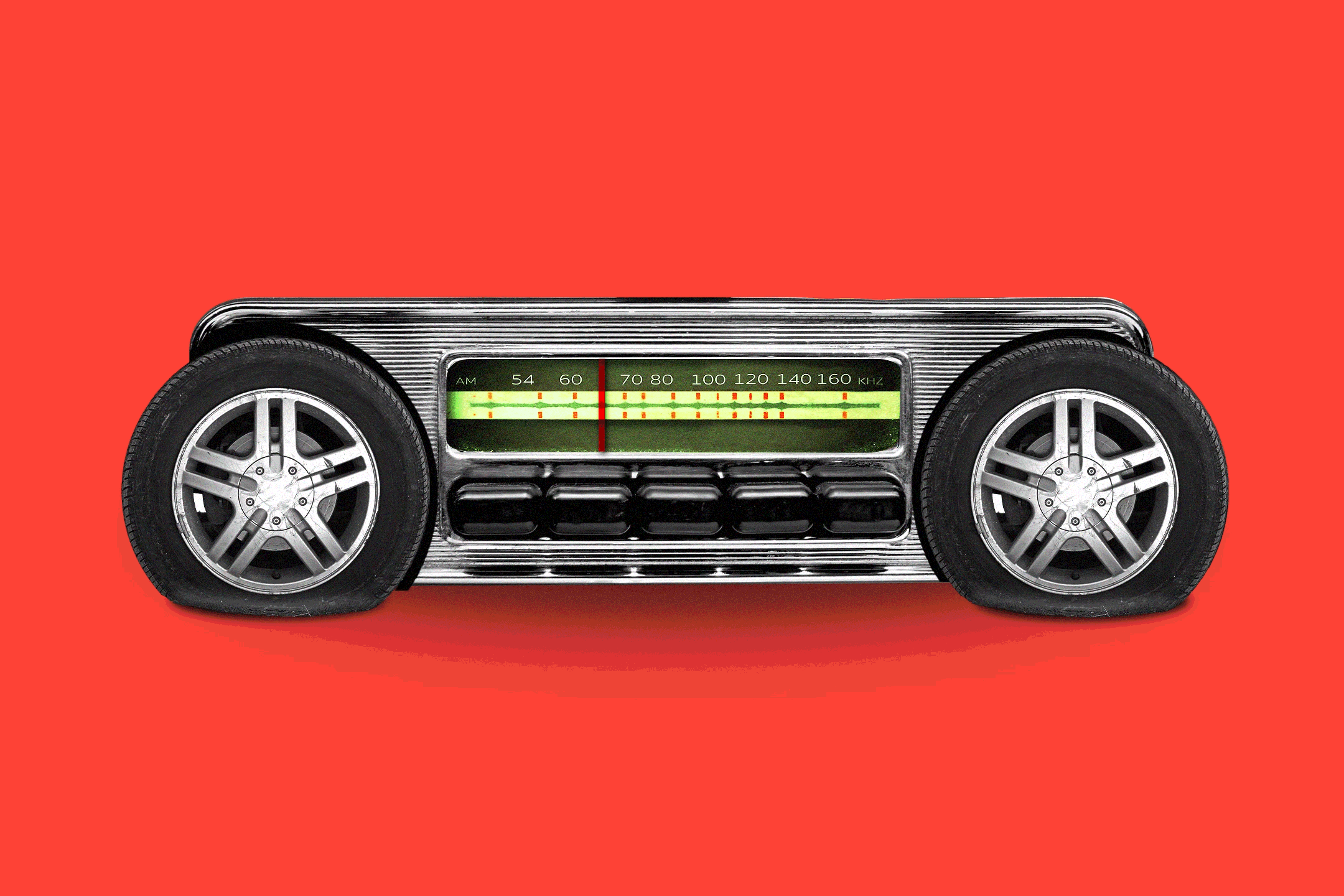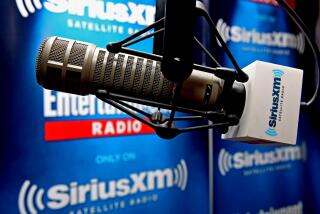Can NextRadio app help make radio relevant for a digital audience?
Reporting from NEW YORK — After Apple Inc. announced a new music app that will use people to create real-time song playlists, HBO “Real Time” host Bill Maher joked that the company should be congratulated for “inventing radio.”
But the radio industry isn’t laughing, because it needs to hold on to young listeners who are spending more time with digital devices to hear their favorite songs and artists. It’s why many stations have banded together to support NextRadio, an app that can turn every mobile handset into an FM tuner capable of receiving local over-the-air broadcast signals.
NextRadio also enables users to hear local radio on their phones without using up minutes or data in their mobile plans, providing an alternative to apps that deliver streaming radio through the Internet.
The NextRadio app was developed and launched in 2013 by TagStation, a division of Indianapolis media company Emmis Communications, with partial financial backing from the National Assn. of Broadcasters, the Washington trade group. NextRadio is getting an on-air promotional blitz with commercials running through the rest of the year on NAB member stations.
As the oldest of old electronic media, radio has held up reasonably well against the massive array of media choices that consumers have in the digital age. Nielsen figures from 2014 show that 91% of people ages 12 and older — about 242 million — listen to local radio each week.
But overall time spent listening — a metric vital to advertisers who want their commercial messages to be heard — declined in the fourth quarter of 2014. On a weekly basis, millennials ages 18 to 34 listen about two hours less a week than older segments of the population. It’s why NextRadio is pushing stations to use its app with Internet streaming so they can provide graphic elements such as album artwork, a “live guide” that lists the music recently played, links to purchase song downloads, and local concert information on the artists.
NextRadio President Paul Brenner said radio has to deliver more than just an audio signal to be compelling for an audience that spends a lot of time looking at their mobile devices.
“Younger listeners are the ones who coin things as cool or not,” he said. “If radio wants to reach them, it has to be interactive.”
NextRadio has 2,000 stations signed on — including those owned by CBS, Hubbard Broadcasting, Entercom Communications and Cox Media Group — to provide additional information about their broadcasts through the app. Those stations can also use the technology to create digital ads for their advertisers.
Overall radio ad spending in 2014 was $17.5 billion, down slightly from the previous year. But the medium’s digital ad sales from streaming and podcasting has been growing, and Brenner says that NextRadio can contribute on that front.
Chris Oliviero, executive vice president of programming for CBS Radio, said participating in NextRadio makes sense even though his division has its own app, Radio.com., that distributes its stations over the Internet. CBS Radio also offers its programming on other apps such as TuneIn. “
“We want to get our content on as many platforms as possible,” he said. “Our philosophy is the more the merrier.”
Although turning the radio into an iPod-like experience is one way to bring in users, the NAB is also playing up the practical function of the NextRadio app.
“In many countries outside of the U.S., it’s common to have the radio activated in a cellphone,” said NAB Executive Vice President Dennis Wharton. “It has value from a public safety standpoint alone.”
The NAB has drawn support from Federal Emergency Management Agency Administrator Craig Fugate, who sees radio on cellphones as an effective way to keep people informed during natural disasters or emergencies even when broadband Internet capabilities go down or are overwhelmed by usage. The Indiana Senate passed a resolution in April that urged more carriers to support the technology.
Every cellphone is equipped with a chip that can be activated to receive FM signals. But carriers would prefer that customers spend more time — and money — on streamed data and services they are charged for.
The challenge for NextRadio, Brenner said, is to get more carriers to sign on and feature the app. Sprint receives a fee from TagStation to pre-install NextRadio on its phones. Other Android users can download it and turn it on themselves, but not every device will support it.
“We need to find another carrier to get excited about it,” Brenner said.
More to Read
Inside the business of entertainment
The Wide Shot brings you news, analysis and insights on everything from streaming wars to production — and what it all means for the future.
You may occasionally receive promotional content from the Los Angeles Times.











